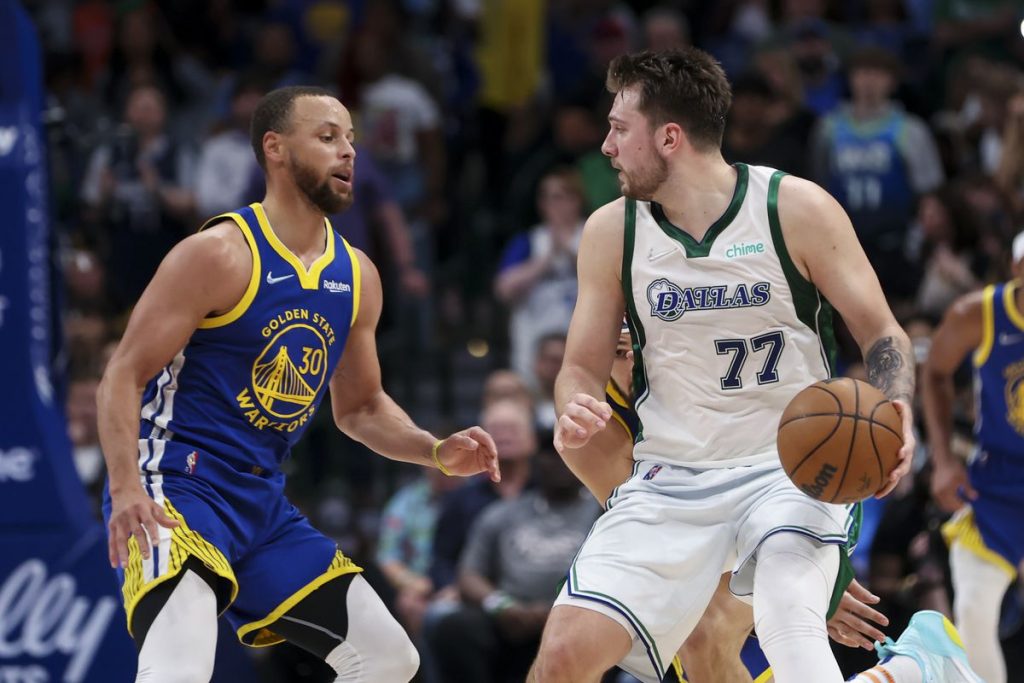
The point guard has long been considered the floor general of basketball, tasked with directing the offense, controlling tempo, and creating opportunities for teammates. However, the role has undergone significant changes over the decades, evolving from a traditional pass-first archetype to a dynamic, scoring-focused position. This evolution has reshaped how the game is played and has redefined what it means to be an elite point guard in the NBA.
The Traditional Point Guard: John Stockton’s Era
In the 1980s and 1990s, the prototypical point guard was epitomized by John Stockton. As the NBA’s all-time leader in assists and steals, Stockton was the ultimate facilitator. His primary role was to set up teammates like Karl Malone with pinpoint passes, control the pace of the game, and make smart decisions with the ball.
Key characteristics of this era’s point guards included:
- A focus on passing and playmaking over scoring.
- Running pick-and-rolls to perfection.
- Prioritizing efficiency and low turnovers.
Stockton’s approach reflected the era’s emphasis on big men, where the point guard’s job was to feed dominant centers and forwards. Players like Magic Johnson, Mark Jackson, and Isiah Thomas shared similar traits, although Magic’s size and versatility hinted at the role’s future versatility.
The Scoring Point Guard Emerges: Allen Iverson’s Influence
The late 1990s and early 2000s saw a shift in the point guard role, spearheaded by players like Allen Iverson. While not a traditional point guard, Iverson’s success as a scoring guard influenced how teams viewed the position.
Key changes during this period:
- A greater emphasis on scoring from the point guard position.
- Players were expected to take on more offensive responsibility, especially in isolation situations.
- Athleticism and individual creativity became highly valued.
Iverson’s influence paved the way for players like Steve Francis and Stephon Marbury, who blended scoring and playmaking. However, traditional playmakers like Jason Kidd and Steve Nash maintained the essence of the point guard role, proving there was still room for a pass-first approach.
The Hybrid Point Guard: Chris Paul and the Dual Threat
The mid-2000s introduced the hybrid point guard, with Chris Paul standing as the archetype. CP3 could dominate a game with his scoring or dissect defenses with his passing, embodying a balance between traditional playmaking and modern scoring.
Key traits of this era’s point guards:
- Ability to score efficiently while still being a team’s primary facilitator.
- Mastery of the pick-and-roll, using it to either score or create opportunities for teammates.
- High basketball IQ and situational awareness.
Players like Deron Williams, Tony Parker, and Rajon Rondo also thrived in this mold, while Derrick Rose’s explosive scoring ability hinted at the evolution to come.
The Revolutionary Era: Stephen Curry and the Three-Point Boom
The arrival of Stephen Curry transformed the point guard role and the game itself. With his unparalleled shooting range and off-ball movement, Curry redefined what it meant to be a point guard. His style forced defenses to adapt and reshaped offensive schemes across the league.
Key innovations introduced by Curry’s era:
- Deep three-point shooting as a primary weapon.
- Off-ball movement, creating gravity that opened up the floor for teammates.
- Increased pace and emphasis on transition scoring.
Curry’s success has influenced an entire generation of guards, including Damian Lillard, Trae Young, and Luka Dončić. These players combine shooting, scoring, and playmaking, making the position more versatile than ever before.
The Modern Point Guard: Versatility and Positionless Basketball
Today’s point guards are expected to do it all: score, create, defend, and adapt to a more positionless style of play. Players like Luka Dončić and Ja Morant exemplify the modern point guard, blending size, athleticism, and skill to dominate games in multiple ways.
Key characteristics of modern point guards:
- Versatility to play multiple roles (primary scorer, facilitator, or even off-ball shooter).
- Emphasis on analytics-driven efficiency, with a focus on three-pointers and drives to the rim.
- Defensive responsibilities, often guarding multiple positions due to switches.
This evolution has blurred the lines between positions, with point guards often leading their teams in scoring while still being the primary playmakers.
How the Evolution Changed the NBA
The evolution of the point guard role has had a profound impact on the NBA:
- Increased Offensive Versatility: Teams now rely on guards to lead in scoring and passing, making offenses more dynamic.
- Rise of Small Ball: Point guards like Curry have made shooting and spacing essential, leading to smaller, faster lineups.
- Global Influence: The evolution has inspired players worldwide, with international stars like Luka Dončić shaping the next phase of the position.
What’s Next for the Point Guard Role?
The point guard role will likely continue to evolve, with players becoming even more versatile. Advancements in analytics, training, and player development may push the boundaries further. Will the next great point guard redefine the position once again?
As the game evolves, one thing is certain: the point guard will always remain the heartbeat of basketball, adapting and innovating to meet the demands of a changing game.
Who do you think represents the next evolution of the point guard role? Let us know your thoughts!
